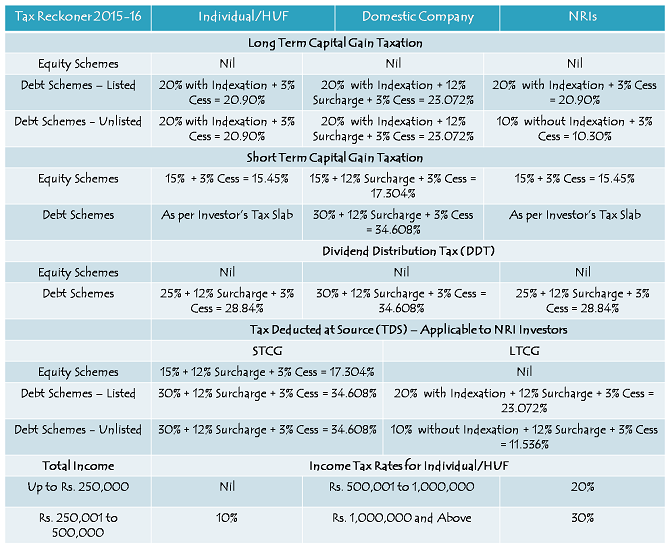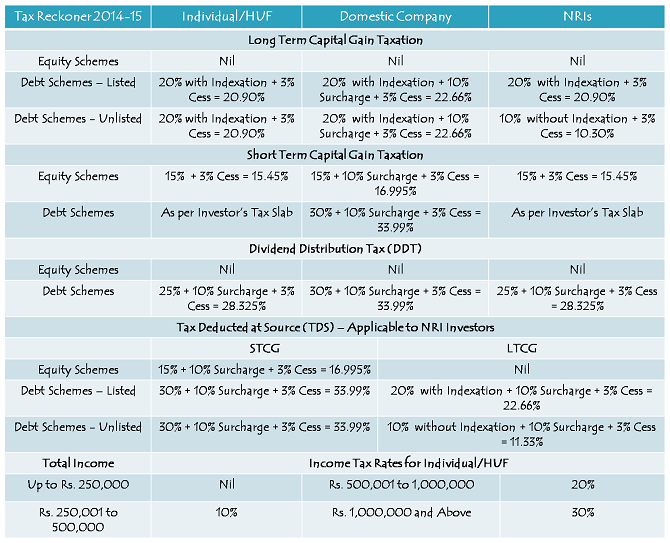This post is written by Shiv Kukreja, who is a Certified Financial Planner and runs a financial planning firm, Ojas Capital in Delhi/NCR. He can be reached at skukreja@investitude.co.in
Indian Governments have been known for acting as late as possible in taking important economic decisions. But, contrary to their reputation, this time they are acting fast, quite fast. Soon after getting over with a week full of holidays, the Government is quick to announce its decision to sell its 5% stake in one of its Navratnas, Rural Electrification Corporation (REC).
For financial year 2015-16, the Government has set a target for itself to raise Rs. 41,000 crore by selling its minority stakes and Rs. 28,500 crore by selling its controlling stakes in Central Public Sector Enterprises (CPSEs). To meet its target of Rs. 41,000 through minority stakes, the government has scheduled yet another offer for sale (OFS) on the stock exchanges tomorrow. This time the company is REC.
The government will be selling its 5% stake in the company i.e. 4,93,72,950 shares at Rs. 315 a share as the floor price. With 5% discount for the retail investors, the government will be able to raise approximately Rs. 1,540 crore from this share sale. Currently, the government holds about 65.64% stake in the company, which will come down to 60.64% post this OFS.
Before we check out the factors affecting our decision to invest in this OFS, let us first check the basic details of this offer.
Shares on Sale – The government has decided to offload its 5% stake in REC and will place 4,93,72,950 shares in the offer for sale, out of which 20% shares i.e. 98,74,590 shares will be reserved for the retail investors investing up to Rs. 2 lakh.
Offer Price – Share price of REC closed at Rs. 321.25 on the NSE today. The government has fixed Rs. 315 as the floor price in the OFS, which is a discount of 1.95% to its closing price. As always, the floor price has been disclosed by the government after market hours today.
5% Discount for the Retail Investors – Again, the government has decided to offer a discount of 5% to the retail investors. This discount will be offered on the price at which the retail investors bid in the OFS or the cut-off price set by the government, whichever is higher.
Brokerage – Unlike IPOs, stock brokers levy brokerage charges on these OFS transactions. These charges are normally higher than the rate of brokerage investors pay on their routine transactions. So, if the allotment price is fixed at say Rs. 317, the retail investors will get it at Rs. 301.15 a share plus applicable brokerage charges and taxes thereon. So, the retail investors should consider these charges in their overall cost of acquisition.
Introduction of Cut-Off price option still elusive – Offer for sale (OFS) process is still very complicated for the retail investors. They either require proper guidance or the option to bid at the cut-off price. But, this time also, the cut-off price option is missing.
Only a Single Day OFS – REC OFS will remain open for a single day only and that too, during the trading hours of the stock exchanges i.e. between 9:15 a.m. and 3:30 p.m. You’ll get to know the status of your bids by 6 p.m. and if successful, you’ll get the shares allotted by the designated stock exchange on T+1 basis.
Once bidding starts, you can check the bidding status on the National Stock Exchange as well as on the Bombay Stock Exchange.
How does an OFS process work?
If you are investing in an OFS for the first time and want to know more about the process, here is the link to check the details about it. If you have any query regarding the process, please share it here, I’ll try to respond to it as soon as possible.
How to invest?
You need to contact your broker to know how it is facilitating the bidding process. I think most of the broking firms must be providing the investment facility through their online platforms. If you don’t have access to the online platform, you should contact the customer care department of your broker and get the bid placed through telephonic confirmation.
Should you invest in REC OFS?
Power sector is one of the key drivers for a country’s rapid economic growth and poverty alleviation. Approximately 30% of India’s population do not have access to this basic amenity called electricity. For the past many many years, India’s power sector has been paralyzed with one issue or the other.
Poor financial condition of the state electricity boards (SEBs), unreasonable poll promises made by our politicians during elections, coal shortages due to scams/litigations or high import prices, poorly drafted laws of land acquisition, policy paralysis, shortage of funds or equipments for new capacities are some of the reasons due to which India’s power sector has shown an extremely poor growth.
However, the government is committed to provide electricity to all households over the next few years. Keeping that in mind, the government has recently taken many initiatives, including transparent & competitive auctions of coal mines, implementing gas price pooling policy, encouraging Coal India to meet its production targets etc. It makes me feel that the government is doing an excellent job at the ground level and it should start reflecting in growth numbers very soon.
REC is India’s biggest infrastructure finance company (IFC) for the power sector. Amidst a challenging environment for the power sector, the company has managed to keep its gross non-performing assets (NPAs) under control at 0.8%. Due to its low cost of borrowings, the company has managed to keep its net interest margins (NIMs) at a healthy 5.1% in the nine months period ended December 31, 2014.
From a long-term investment perspective, the stock price of the company is trading at extremely attractive valuations. Assuming the government to fix its allotment price to the retail investors at Rs. 300 per share, the stock is available at approximately 5 times its estimated earnings per share (EPS) and 1 time its estimated book value (BV) for the current financial year. It has also managed to keep its return on equity (RoE) above the levels of 20%. As the company is expected to post an earnings growth of around 30% in the next 3-5 years, its valuation of 5 times earnings seems strikingly cheap to me.
With the government moving in the right direction, an efficient minister heading the power ministry and the interest rates heading downwards, I think India’s power sector should do extremely well in the next 3-5 years. The need of the hour is not to mix politics with economics. Unnecessarily giving subsidies to people who can comfortably afford power makes no sense to me. I think the state governments should focus on making their electricity boards (SEBs) and power generation & distribution companies more efficient rather than subsidizing our electricity bills.
I think this offer for sale is attractively available at Rs. 315 a share and a 5% discount to this price again leaves a reasonable margin of safety for the retail investors. With the government taking it in the right direction, I expect the stock price to move past Rs. 350 levels very soon and to touch Rs. 500 in the next 15-18 months time.






